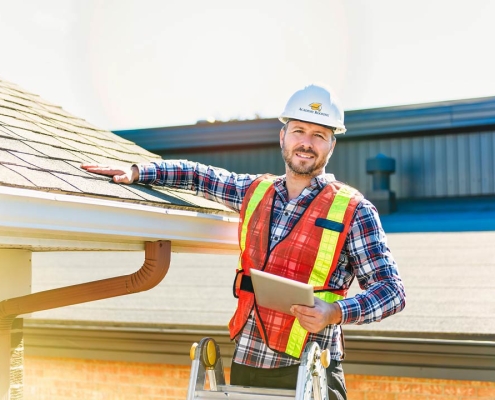Legal Considerations When Buying a New Roof in Georgia
Given the integral role a roof plays in the structural integrity of a home and the high cost of reroofing or replacing a roof, homeowners should have at least a basic understanding of the codes, laws, and regulations that apply to new and replacement roofs in Georgia before settling on a roofing contractor.
The International Residential Code and Georgia Law
To unify roofing standards and expectations around the world, the International Code Council drafted and published the International Residential Code (IRC) that applies to the design and construction of one- and two-family dwellings and townhouses of three stories or fewer. The IRC was effectively adopted by the State of Georgia and can be found in Chapter 2 of Title 8, Section 8-2-20(9)(B) of the Georgia Code. While some of the Georgia codes related to construction are permissive, the Georgia roofing codes are mandatory, meaning they apply across the entire state to all structures covered by the codes.
What Do the Georgia Roofing Codes Cover?
The Georgia roofing codes can be difficult to navigate, in part because they are fairly extensive and address numerous types of roofs. While not an exhaustive list, some important code requirements homeowners should know when roofing a home include:
- Flashing. Governed by Section R903.2, all flashings must be installed in a manner that prevents moisture from entering the wall and roof through joints in copings, through moisture-permeable materials, and at intersections with parapet walls and other penetrations through the roof plane. Flashings must also be installed at wall and roof intersections, wherever there is a change in roof slope or direction, around roof openings, and where the eave of a sloped roof intersects a vertical sidewall. Drainage. Governed by Section R903.4, roof drains shall be installed at each low point of the roof unless roofs are sloped to drain over roof edges. A secondary or emergency overflow drain may also be required.
Specific Requirements for Common Types of Roofing Materials in Georgia
Along with general requirements that apply to all roofs in Georgia, the Georgia Code provides specific requirements applicable to the various types of roofing materials, such as:
- Asphalt shingles. Asphalt shingles must be fastened to solidly sheathed decks and can only be used on roof slopes of two units vertical to 12 units horizontal (2:12) or greater. For roof slopes from two units vertical in 12 units horizontal (2:12) up to four units vertical to 12 units horizontal (4:12), a double underlayment application is required. A drip edge is required, and underlayment typically must conform to ASTM D 226 Type I, ASTM D 4869 Type I, or ASTM D 6757. Asphalt shingles must also meet wind resistance standards and be properly fastened.
- Clay and Concrete Tile. Concrete and clay tiles can only be installed over solid sheathing or spaced structural sheathing boards on roof slopes of two and one-half units vertical to 12 units horizontal (21/2:12) or greater. For roof slopes from two and one-half units vertical to 12 units horizontal (21/2:12) to four units vertical to 12 units horizontal (4:12), a double underlayment application is required. Additional requirements apply when the roof is to be installed in a high-wind area.
- Metal Roof Shingles. Metal roof shingles may be used on a solid or closely fitted deck, except where the roof covering is specifically designed to be applied to spaced sheathing, and may not be installed on roof slopes below three units vertical in 12 units horizontal (25-percent slope). If the roof is to be installed in an area known for high winds or where ice may form, additional requirements may apply.
When in Doubt
Keep in mind that the information provided above is only a snapshot of the numerous Georgia codes applicable to the installation of a new or replacement roof.
Contact us or a construction attorney if you have questions or concerns about Georgia roofing laws.





